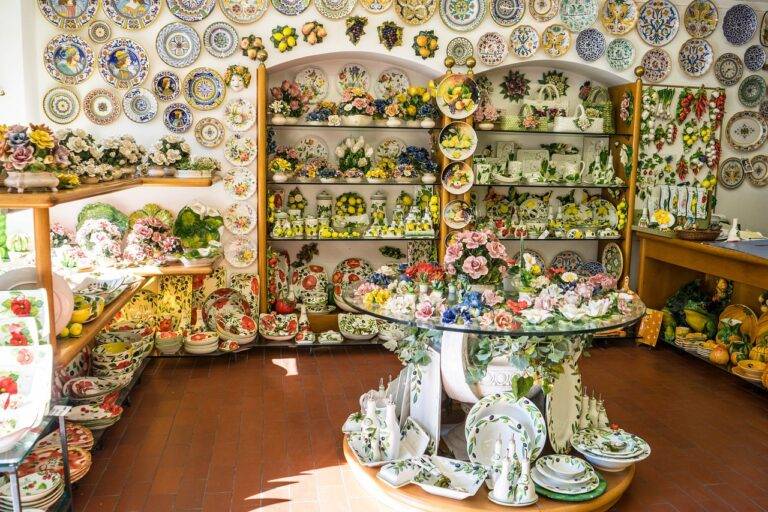The Future of Smart Homes: Integrating IoT for Convenience and Efficiency
In recent years, home automation has undergone a remarkable transformation. What once seemed like a futuristic concept from science fiction is now a common reality in many households around the world. With the rapid advancement of technology, homes are becoming smarter and more connected than ever before.
The evolution of home automation can be traced back to simple devices like programmable thermostats and remote-controlled garage doors. As technology progressed, the integration of smart devices and the internet of things (IoT) has revolutionized how we interact with our homes. Today, homeowners can control everything from lighting and security systems to entertainment and climate settings with the touch of a button or a simple voice command.
The Role of IoT in Smart Homes
Smart homes have witnessed a significant transformation with the integration of Internet of Things (IoT) technology. IoT devices are now commonly utilized to automate and control various aspects of a modern household, enhancing convenience and efficiency. From smart thermostats that adjust temperatures based on usage patterns to intelligent lighting systems that can be remotely operated, IoT plays a crucial role in creating a seamlessly connected living environment.
One of the key advantages of IoT in smart homes is the ability to monitor and manage devices from virtually anywhere. Homeowners can remotely access and control IoT-enabled appliances and systems through their smartphones or other connected devices. This level of connectivity not only offers convenience but also contributes to energy savings and improved security through features like smart locks and surveillance cameras.
What is home automation?
Home automation refers to the use of technology to control and automate household appliances and systems.
How has home automation evolved over time?
Home automation has evolved from simple timers and remote controls to sophisticated systems that can be controlled remotely via smartphones and voice commands.
What is the role of IoT in smart homes?
IoT, or the Internet of Things, plays a crucial role in smart homes by connecting various devices and systems to a central hub, allowing for seamless automation and control.
How does IoT enhance the functionality of smart homes?
IoT enables devices in a smart home to communicate with each other, share data, and respond to commands, creating a more efficient and convenient living environment.
What are some common examples of IoT devices in smart homes?
Common examples of IoT devices in smart homes include smart thermostats, security cameras, lighting systems, and voice assistants.
Is it difficult to set up and maintain an IoT-powered smart home?
Setting up an IoT-powered smart home can be relatively simple with the right devices and guidance. Maintenance typically involves software updates and occasional troubleshooting.
Are there any privacy and security concerns associated with IoT in smart homes?
Yes, there are privacy and security concerns related to IoT in smart homes, such as data breaches and unauthorized access. It is important to implement strong security measures to protect your devices and data.





